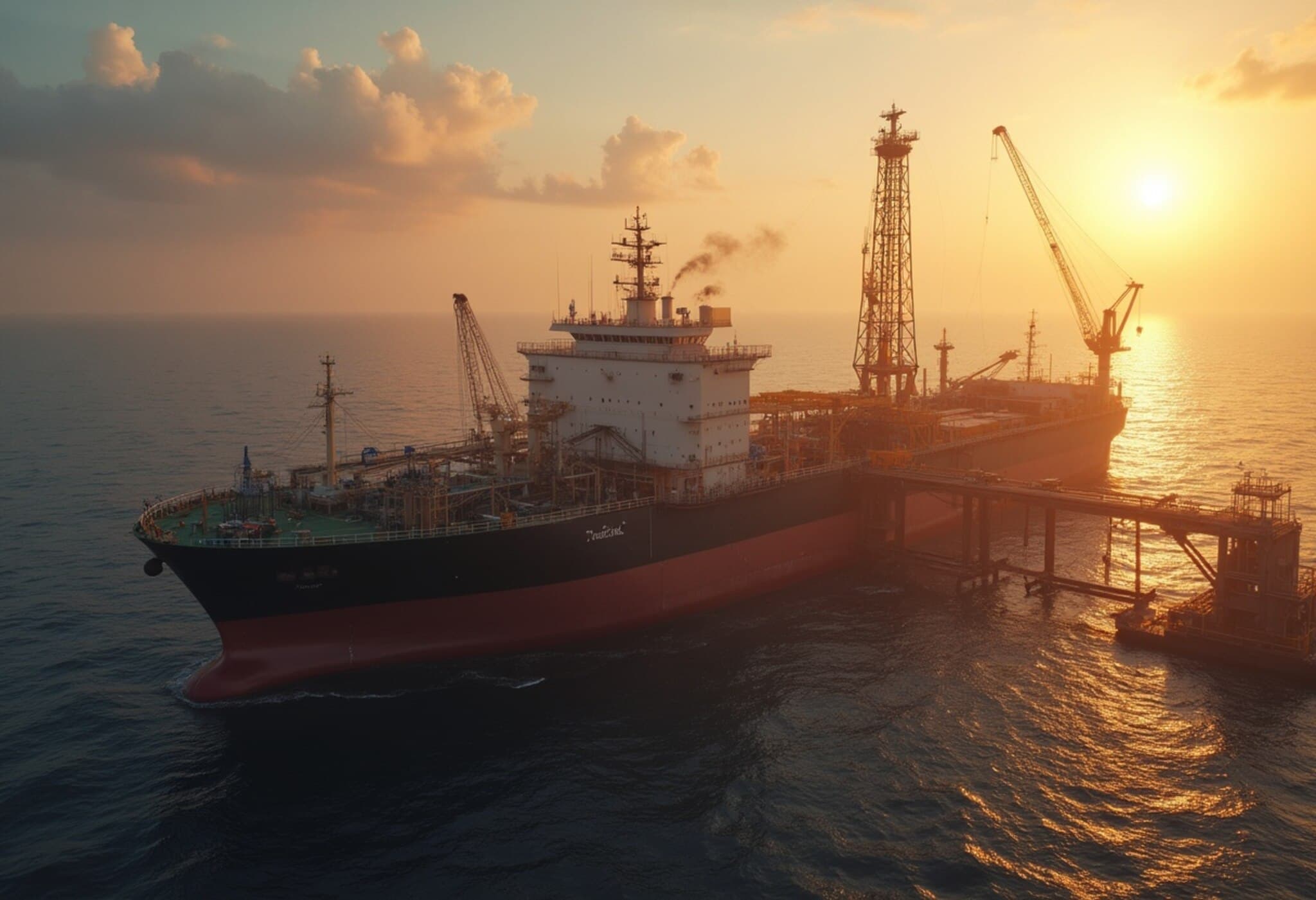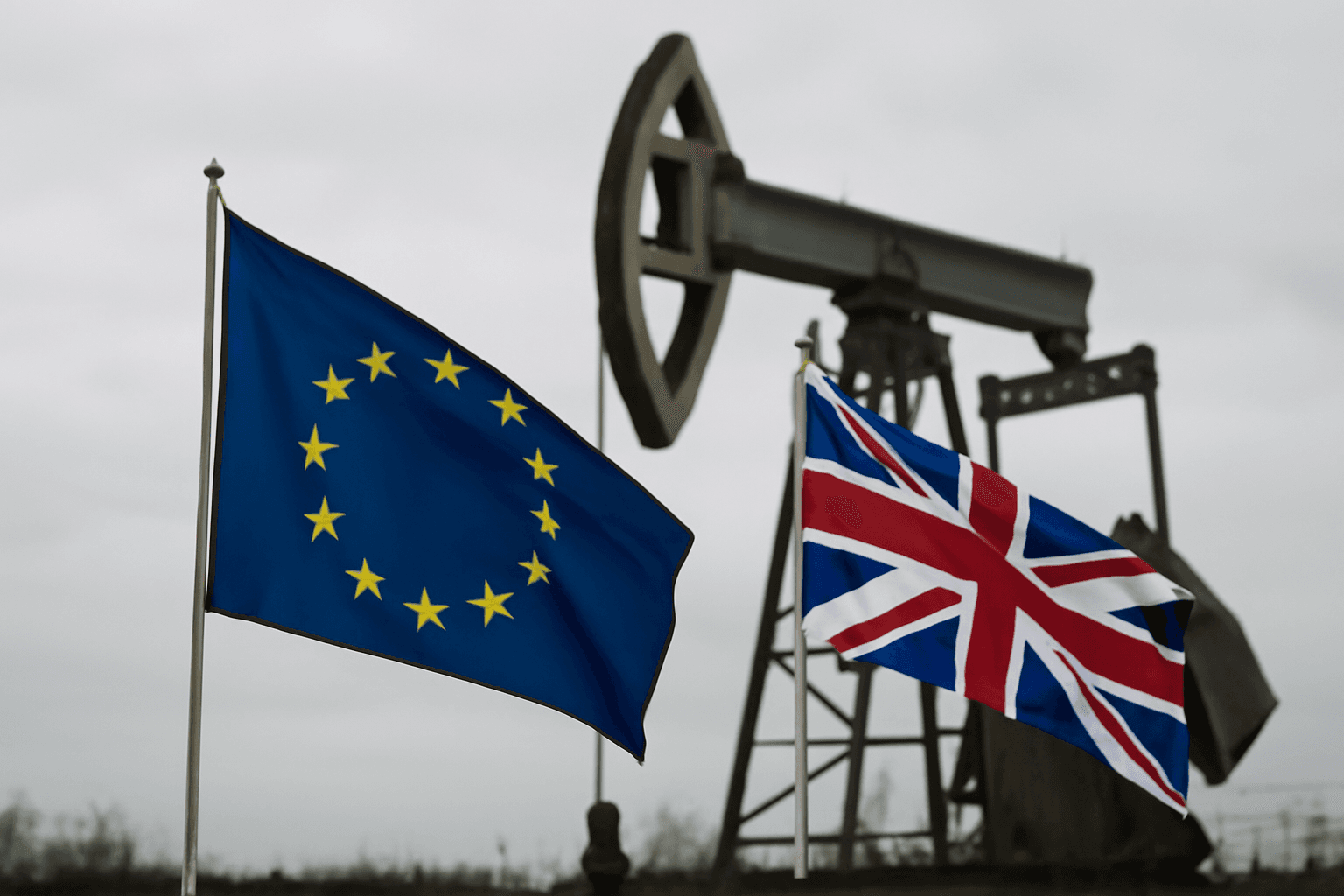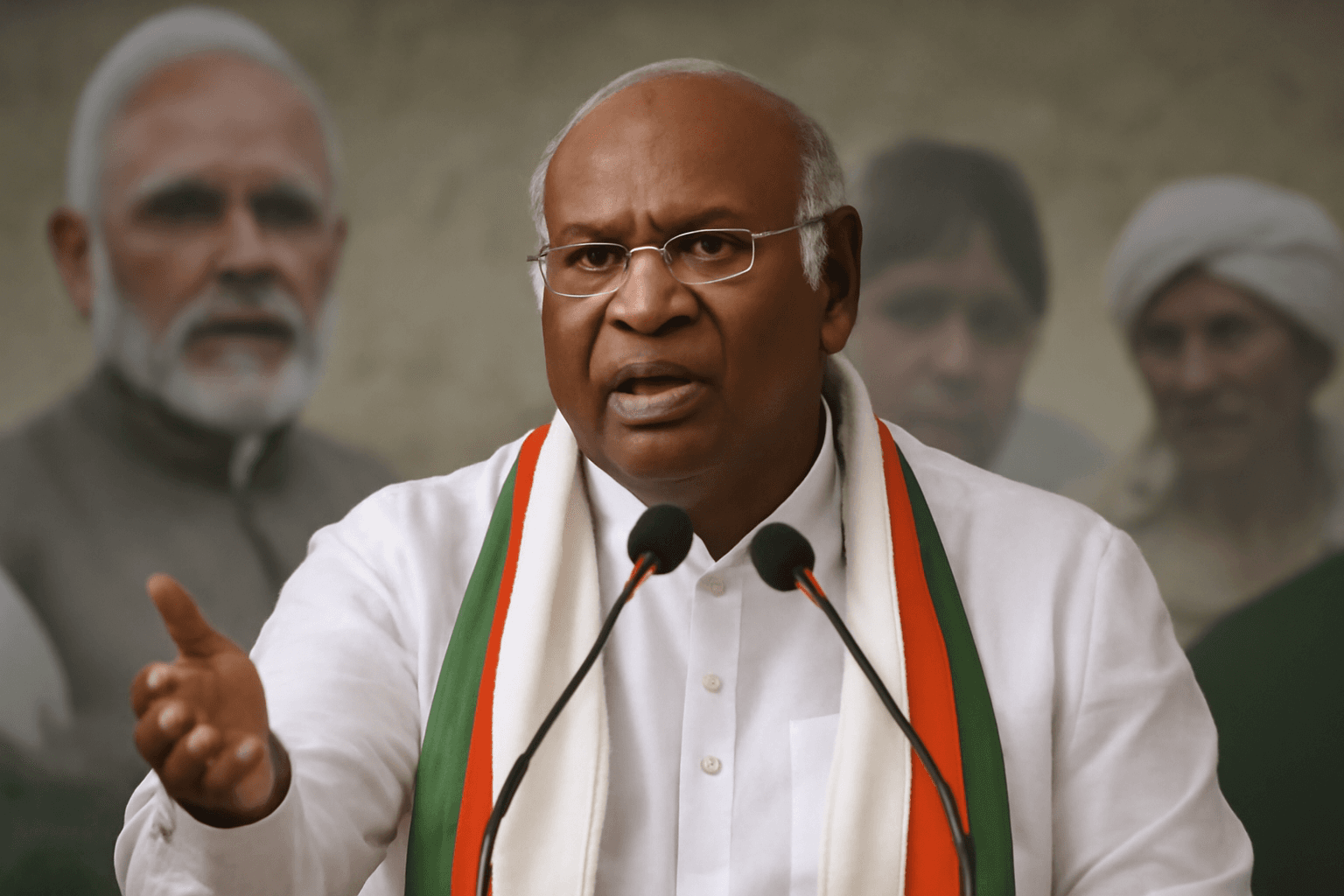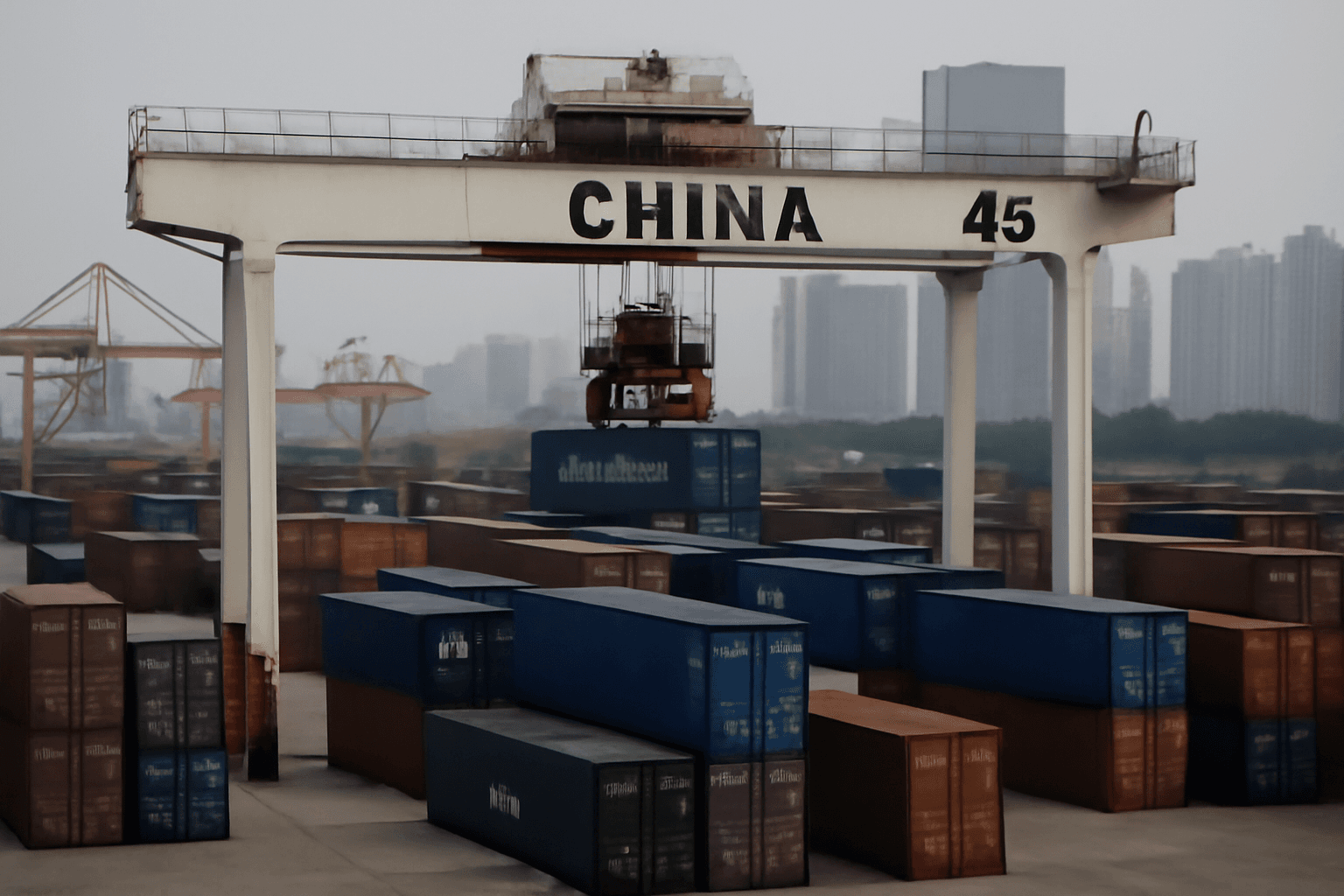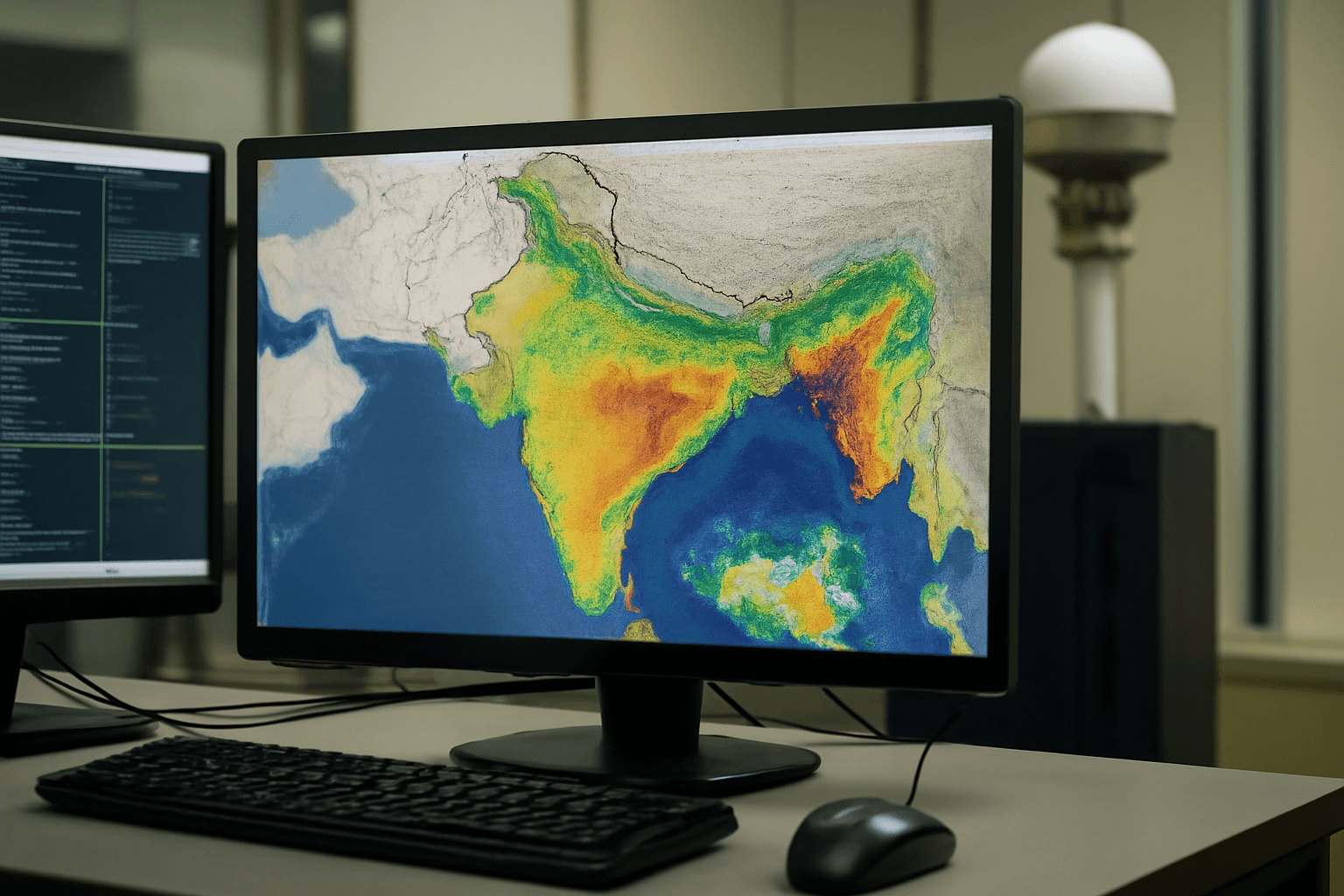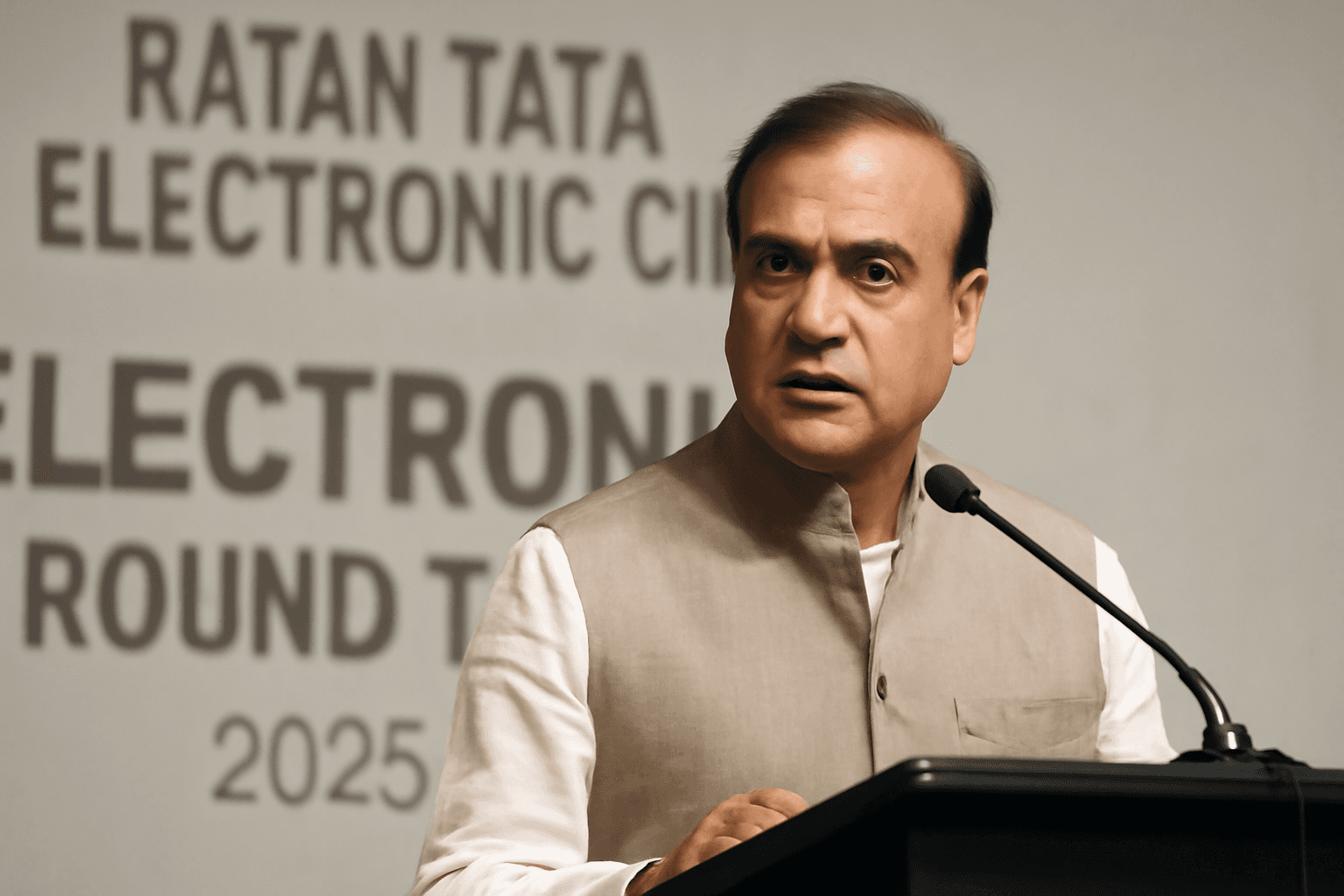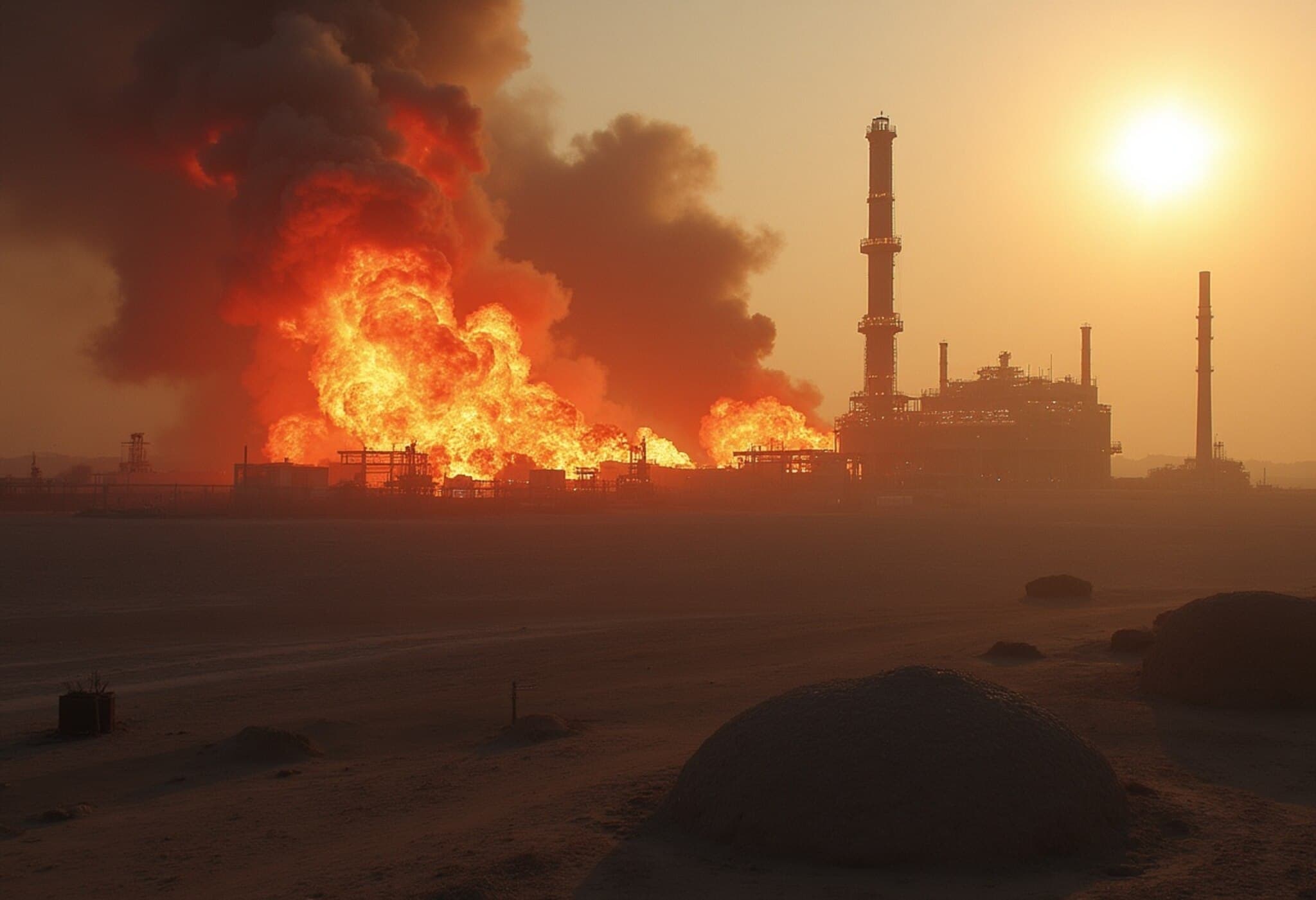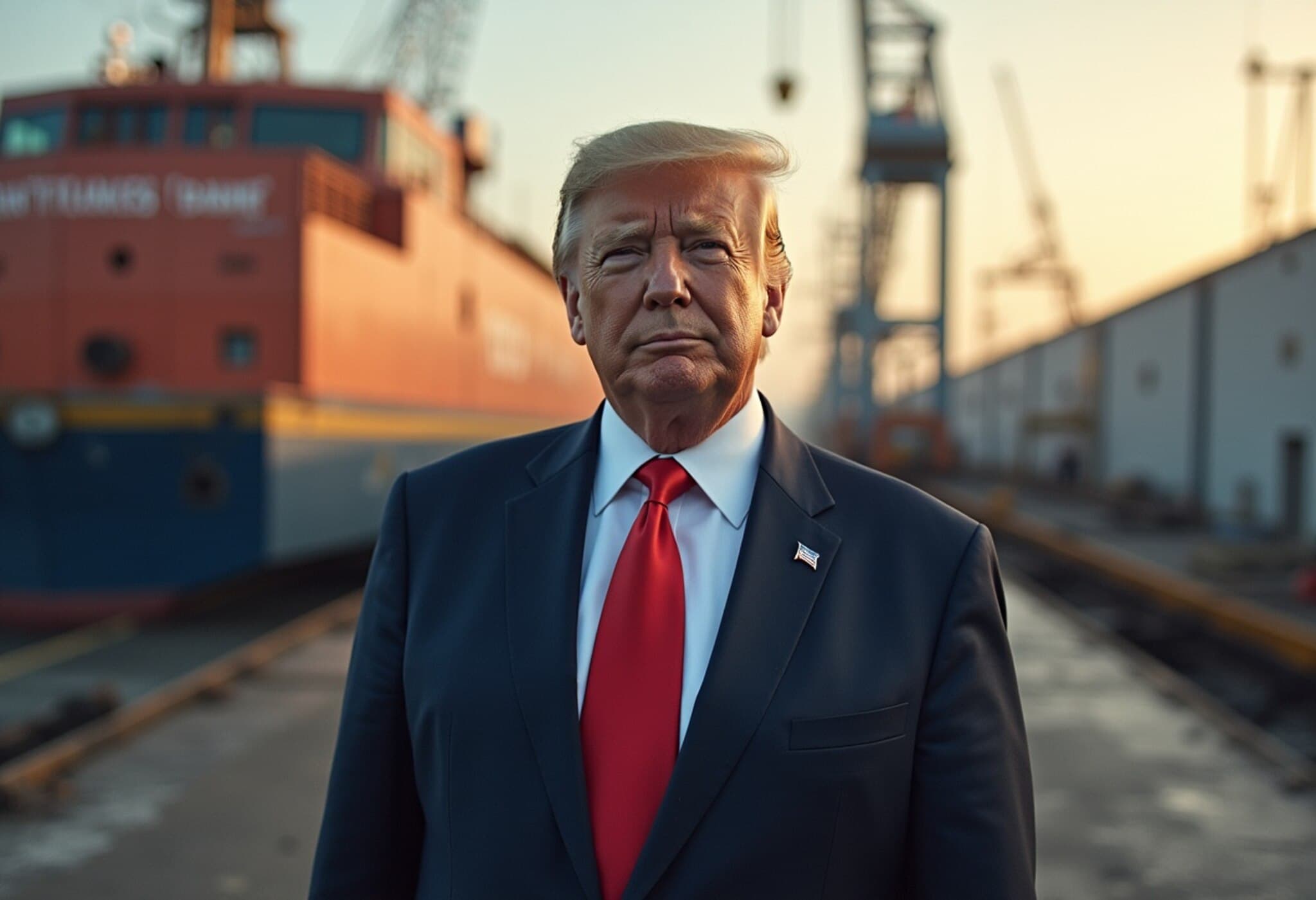Global Economy at Risk Amid Russian Oil Export Disruptions
The recent upheavals affecting Russian crude oil exports have the potential to unsettle the global economic landscape significantly. According to a detailed analysis by the Bank of Baroda, while the international community could face chaotic supply shortages, India appears relatively insulated, expected to absorb an annual additional cost of around $5 billion in its oil import bill—an impact the country's economy is well positioned to handle.
India’s Changing Crude Oil Import Dynamics
In recent years, India’s oil sourcing strategy has undergone a marked transformation, making its energy imports more resilient to global shocks. Before the Ukraine crisis in 2021-22, Russia played a minor role in India’s crude oil supply. Fast forward to 2024-25, and Russia has skyrocketed to become India’s largest oil supplier, providing nearly 1.7 million barrels per day, as reported by Bloomberg.
The top four suppliers—Russia, Iraq, Saudi Arabia, and the UAE—collectively accounted for close to 80% of India’s oil imports last fiscal year. This shift diminished the influence of the U.S. as a major crude oil supplier to India.
Price Variations Highlight Strategic Choices
Price per barrel varies among these suppliers due to logistical complexities, oil quality, and timing of purchase. Iraq delivers the cheapest crude at approximately $76.83 per barrel, closely tailed by Russia at $78.39 per barrel. This is roughly $1.56 lower than India's overall average oil price, underscoring Russia’s competitive pricing in the Indian market.
Financial Implications for India
In 2024-25, India imported around 244 million tonnes of crude oil—equating to about 1.8 billion barrels. Each $1 increase in global oil prices translates to an increase of roughly $1.8 billion in India’s annual import expenditure. Given that June’s average oil price was merely $2.50 above the cost of Russian crude, the incremental burden of potential disruptions remains within a manageable margin.
Expert Insights: Resilience Through Diversification
From a policy perspective, India's current import diversification acts as a buffer against global volatility. Energy economist Dr. Aarav Mehta notes, “While sanction-driven embargoes on Russian oil can send shockwaves through the global market, India’s calibrated sourcing strategy minimizes its vulnerability. This is critical in preserving economic stability and energy security.”
Nonetheless, the report warns that a full-scale global embargo on Russian oil could precipitate more severe consequences worldwide, amplifying the importance of diplomatic and economic maneuvering.
Broader Economic Context
The additional $5 billion impact on oil import costs is comparatively modest against India's total imports of goods, which stood at approximately $720 billion. This proportionate increase is unlikely to strain India's broader economic framework significantly.
Underreported Perspectives and Emerging Questions
- Geopolitical Ramifications: How might further disruptions affect India’s diplomatic balancing act between Western sanctions and energy needs?
- Long-Term Energy Strategy: Could India accelerate investments in renewable energy and alternative fuels to reduce future shocks?
- Supply Chain Vulnerabilities: What contingency plans are being developed to mitigate risks from reliance on any single supplier?
Looking Ahead
As global tensions persist, India’s experience underscores the critical importance of strategic diversification and adaptive energy policies. By maintaining a pragmatic approach to crude oil sourcing, India can safeguard its economy while navigating an uncertain international landscape.
Editor’s Note
The evolving patterns of India’s crude oil imports highlight both challenges and opportunities amid a shifting geopolitical environment. While the potential $5 billion annual impact is manageable, it raises broader questions about the future of global energy security, India’s evolving role in energy diplomacy, and the urgent need for sustainable energy solutions. Readers should consider how these developments might influence not only economic stability but also the geopolitical and environmental trajectory in the coming years.

